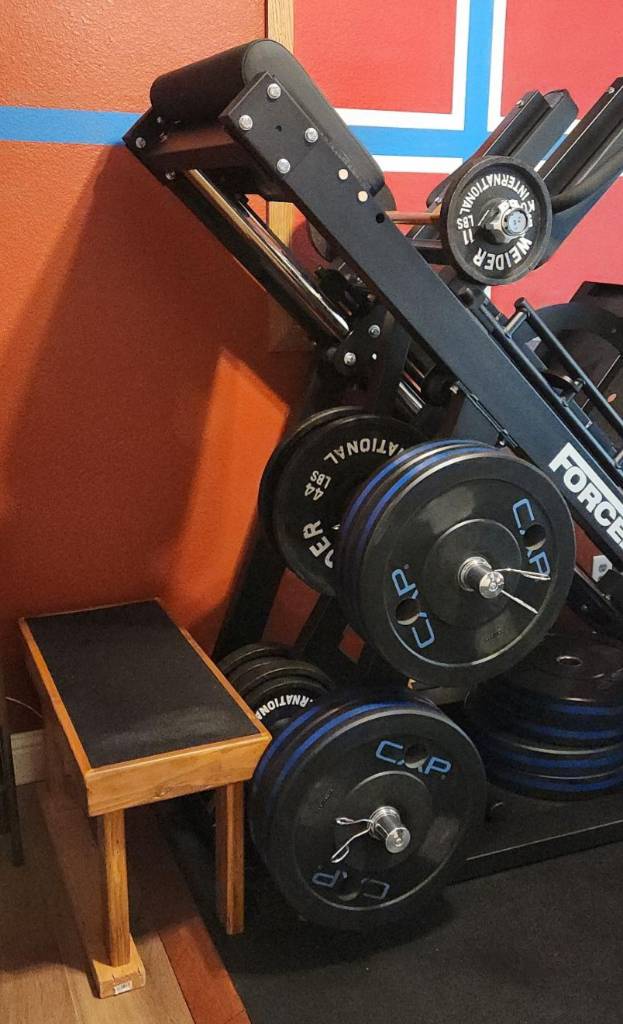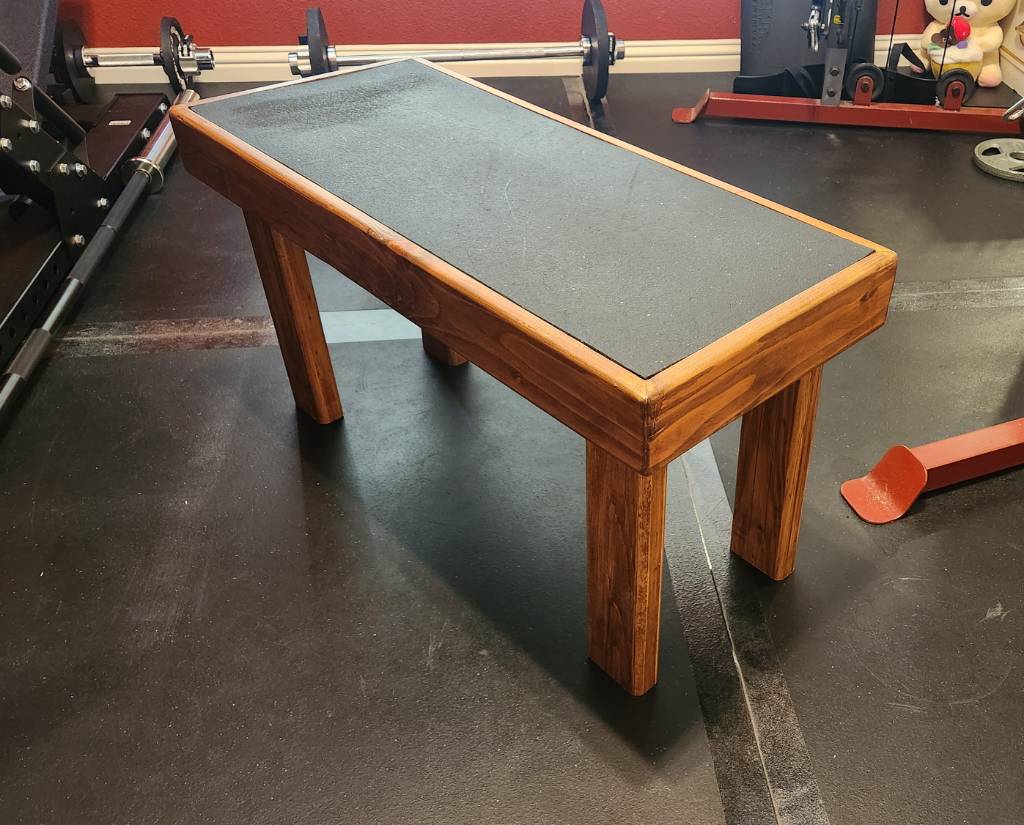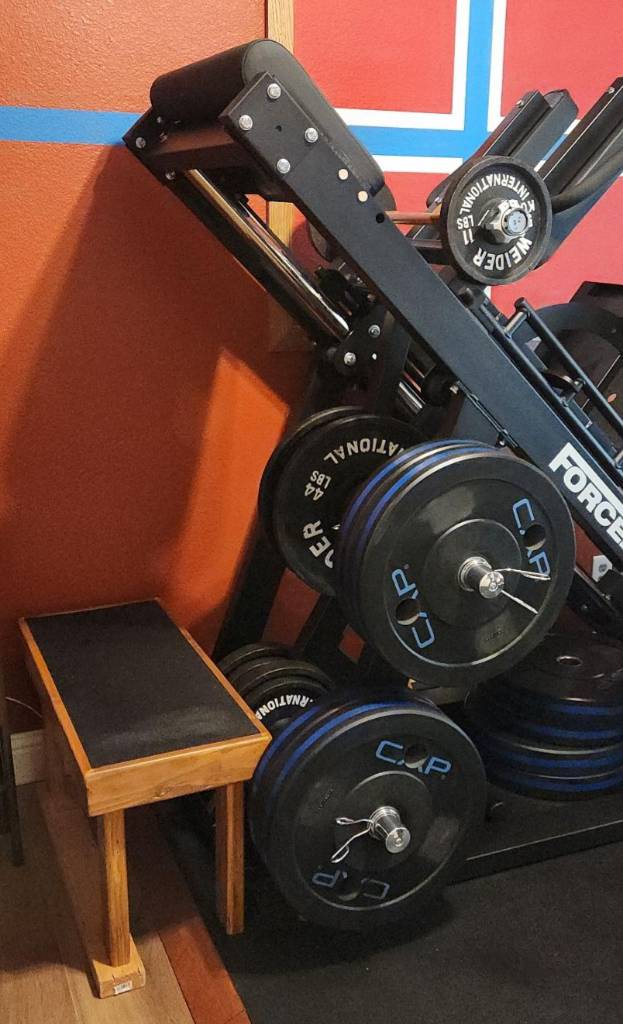From my earlier post, y'all helped me fill my micromobility niche with a refurbished Segway Ninebot G30LP. So I wanted to give my first impressions after having it for a week.
To start, the scooter arrived in a fairly sizable box, some 100cm by 50 cm by 25 cm. There was a small hole in the cardboard box, but it looked like typical handling and broke into a void, rather than impacting the scooter.
Opening the carton, I removed the scooter itself, the charger, manual, Schrader valve extension tube, and the recall-related maintenance kit. The latter consisted of various sizes of hex wrenches and a rather-long screwdriver. As my first (electric) scooter, I figured I should RTFM before getting ahead of myself.
That's when I realized that I am missing some parts: the six screws needed to secure the handlebar component to the stem. So already, I could not perform the singular assembly step. Oh dear.
From the manual, I sent an email to Segway support with my scooter's model and serial, and they replied the next day for my mailing address. The day after, they had a tracking number for me for that parcel, which reached me three days later. So five days after writing to them, I had the screws in hand. Not bad at all.
That said, I did notice that these screws are slightly out of spec. From what I could gather online, the six screws for the stem should be countersunk M5 screws with length 16 mm. However, I measured these closer to 18 mm, and given the angle of how the screws insert, I think the extra length is causing the left-side screws to collide with the right-side screws.
While I could leave the screw protruding by about 1 mm, I figured I'd cut the screws to length, as that's within the capabilities of my metalworking. They did, after all, send me a pack of ten screws, so I could cut the four spares down. Now they sit flush with the stem.
Anyway, with the handlebars attached, I could continue through the manual, which basically had other advisements for safe operation. Separately, I had seen advice online that the air pressure for these tires should be closer to 40-50 psi (~3 bar), to avoid flats but would trade off some springyness. From the factory, I measured 37 psi, which is what the manual recommends. I tend to run my bicycle tires closer to the sidewall rating, so I wanted to shoot here for at around 45 psi.
The Schrader valves on these tires are quite something. The front is workable, but the rear has a very short stem, meaning only my digital air gauge could be attached to read out the existing pressure. But to add pressure with my manual floor pump for the rear tire, I needed the extension tube. Note: this tube does not have its own one-way valve. So once the tire is pressurized, some air will leak out when unscrewing the tube from the tire stem. And of course, it's a cramped position. But hey, at least I can check the air pressure without the extension hose.
Out of the box, the battery has a state of charge around 60%, so I was able to test basic operation by gliding around my driveway. But it does beep persistently, due to not being activated with the app. I personally don't like devices which must be chained to an app -- which might disappear one day -- so I was pleased to find that there's a community app that can do the same.
Using this app, I was able to activate the scooter and confirm other parameters about the its manufacturing, the battery pack, cell voltages, and the odometer reading, which is precise down to 0.01 km. What I couldn't figure out is how to commit the global or eco speed limits, as I have no need to run faster than 13 kph (8 MPH).
During testing around the neighborhood, I resolved to wear at least the same gear I would wear (helmet, goggles, gloves) for riding my acoustic and electric bikes, and found that with cruise set at 15 kph (9 MPH), this was a reasonable saunter through the quiet streets, with bumps amplified by the short wheelbase. But still manageable. Kinda like a brisk walk.
When discovering that switching from Eco mode to S mode permits the full 25 kph (15 MPH) limit, I decided to try the top speed after doing a few loops. But already at 22 kph, I stopped, being unable to understand how anyone can ride a scooter at this speed without 100% focus and both hands on the handlebars. And I've seen riders on shorter electric scooters with smaller, non-pneumaric tires. It's utterly terrifying, and I say that having negotiated 45 kph, lumbering ebikes through harrowing city traffic.
But my own sensibilities aside, it's fairly capable with large -- but still jarring -- dips in the road surface, and does not bottom-out at sidewalk ramps or turning into driveways.
Here in California, the laws on electric scooters are substantially nerfed, prohibiting sidewalk operation or even just making left turns in the street. They intend for electric scooters to operate in the bike lane, though most riders I see will use the sidewalk anyway. As a long-time bike rider, I fear the poor running surfaces of sidewalks and prefer the smoother asphalt surface of the bike lane. Though I grant you that the motor vehicle traffic whizzing by is not exactly totally comforting, especially when I intentionally operate at a lower speed.
But taking the scooter out for its first ride, it was mostly uneventful and I met up with a friend, who later took me and the scooter home in his car. It fit perfectly in the trunk, which proves the multi model credentials of this scooter. So far as I can tell, the odometer is fairly accurate and while I've only done 11 km so far, the app suggests a range of 40 km at my speed.
I'm still figuring out how to ride this safely, but seeing as my needs are very specific (see prior post), it's likely I can optimize to a high degree.












In my personal workflow, I fork GitHub and Codeberg repos so that my local machine's "origin" points to my fork, not to the main project. And then I also create an "upstream" remote to point to the main project. I do this as a precursor before even looking at a code on my local machine, as a matter of course.
Why? Because if I do decide to draft a change in future, I want my workflow to be as smooth as possible. And since the norm is to push to one's own fork and then create a PR from there to the upstream, it makes sense to set my "origin" to my fork; most established repos won't allow pushing to a new topic branch.
If I decide that there's no commit to do, then I'll still leave the fork around, because it's basically zero-cost.
TL;DR: I fork in preparation of an efficient workflow.